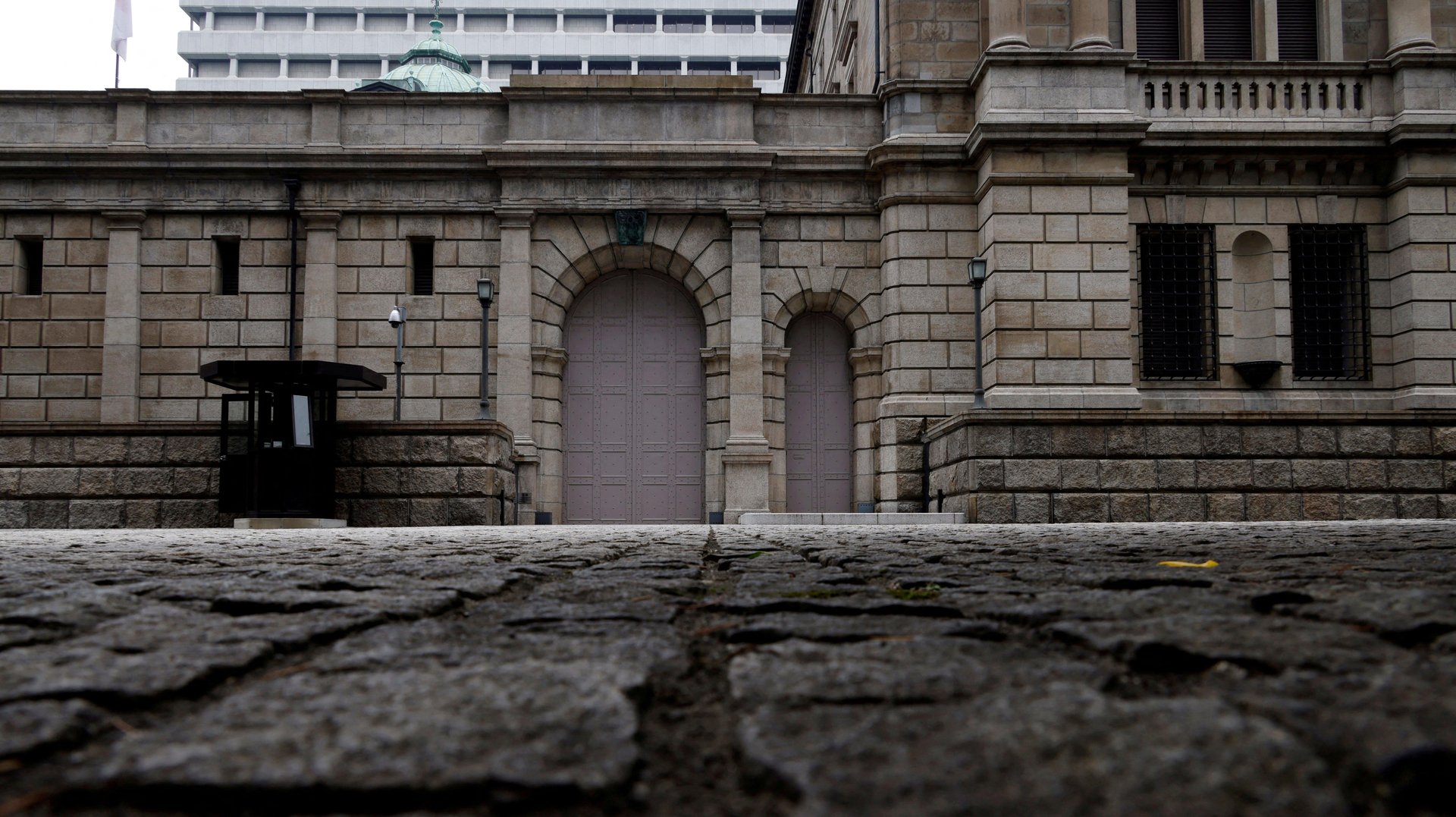This is what it's costing Japan to deal with the Fed's rate hikes
Japan's central bank is propping up its currency, but it has more than cash in its quiver.

While the Fed fights inflation, every other government is forced to fight the strengthening US dollar. Japan spent a record $42.7 billion in October, more than double the $19 billion it had spent in September, to reduce the yen’s volatility on international currency markets and lower import costs.
Until recently, Japan had refused to admit it was buying up massive amounts of its own currency, obscuring the size of its own interventions from market players. The Bank of Japan (BoJ) is hoping to avoid the bond market meltdown that occurred this month in the UK. The pound and gilt yields fell at the same time, which caused pension funds to scramble for cash. The Bank of England had to buy long-dated bonds to keep the funds afloat.
“The Bank of England had to essentially step in to change one aspect of their monetary policy to accommodate finance markets,” said George Pearkes, an investment analyst at Bespoke Investment Group. “When you see this parabolic move that keeps getting worse, you’re risking something in your financial system breaking. Now maybe nothing would break in Japan, we don’t know, but that’s the concern.”
This month, Japan finally admitted to buying yen with its foreign currency reserves, mostly US Treasury notes which it converts to cash, to prevent higher volatility and rising import prices. Last week, the yen slid to a 32-year low.
But it can’t last forever. At the end of September, Japan had $1.2 trillion in foreign currency reserves. At this rate, its reserves would be drawn down over the course of about 20 months.
The maneuver allows Japan’s central bank to avoid raising rates and hampering an already weak economy for now, and it still has plenty of options. “The BoJ can go out and borrow dollars and sell dollars to the market,” Pearkes said. “We have fed swap lines, where they can do that,” as well as issue bonds and sell those for dollars.
The battle to keep the yen stable against the dollar would also change if the Bank of Japan raised interest rates. Last week, the country’s core consumer price index rose by 3% on an annual basis in September, the sixth month in a row that it was above the central bank’s 2% target.
Raising rates in Japan could have a global effect. In addition to slowing Japan’s already low-growth economy, it would mean the last major central bank anchoring global interest rates would join other central banks in raising the cost of borrowing. (Up until this point, the BoJ has been focused on increasing growth in Japan’s aging economy, rather than slowing it). This would further raise the floor for global interest rates and slow down the global economy.